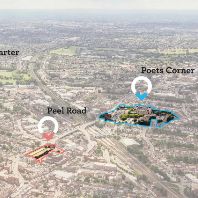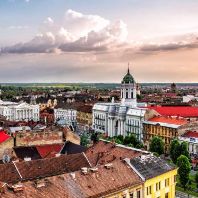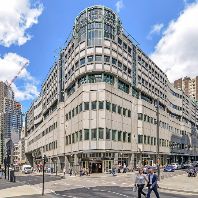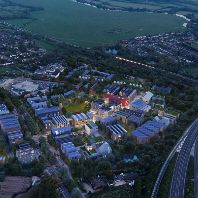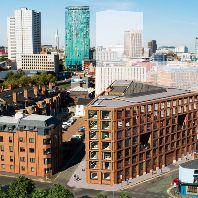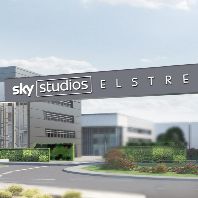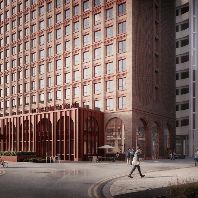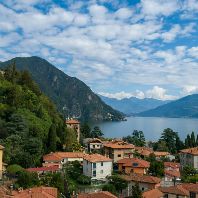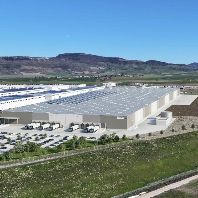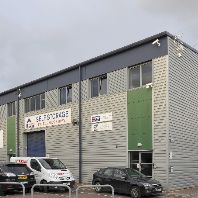The central building of DNB's new bank headquarter cluster developed by Oslo S Utvikling (OSU) is completed. The MVRDV designed main building has 17 unique floors and a surface of 36,500 m².

Central building of DNB's new bank headquarters.
The pixelated volume based on small-scale working units adapts to the various influences of the urban context, combining an efficient and flexible internal organisation with a variety of specific communal spaces such as the main entrance lobby, a transparent trading floor, a sheltered public passage, respect for urban view lines and collective terraces overlooking the fjord to the south. The glass and brick exterior expresses both the transparency and stability of DNB as a modern financial institution.
The development of the new headquarter cluster is a strategic operation concentrating the DNB offices formerly spread out over Oslo at one location, aiming for synergy and a clear identity. The objective was to translate the social and democratic character of the organisation into a building with excellent working conditions and spatial qualities that would stimulate efficiency, identity and collaboration.
The design is based on an ideal work group of the bank, a pixel of 6x6 metres, whose versatility permits adaptation to the flexible nature of the organisation. Besides more than 2,000 flexible work spaces the building contains a panoramic 140 seat canteen on the top level, the executive lounge with a view over the fjord, the board room, in the heart of the volume DNB´s trading room with 250 work stations, and the main entrance with the reception and access to the concourse that connects to the two neighbouring volumes. The collective spaces are connected by a staggered continuous internal route of collective terraces, all being executed as glass pixels, encouraging informal meetings and communication between employees.
This route meanders from the reception upwards through the building, connecting all 17 levels office levels with the communal areas. A series of wooden stairs and bridges allow employees to switch levels or even to walk up to the canteen on one side of the building and down on the other side. The route accommodates communal areas to the office floors and is made homely with a series of pantries, informal meeting areas, reading-rooms, lounges and fire places. It gives access to the various outdoor terraces and roof gardens. All these collective spaces offer views to the surroundings and transparency from outside. The route is naturally ventilated and has a high performance glass fit for the cold Norwegian winter.
The generic office floors recline and are recessed in various places to answer to the urban context creating communal indoor and outdoor areas and outstanding daylight conditions. At street level the building volume is opened to give space to sheltered entrance zones, and intersected by a public passage creating a public route between Oslo Central Station and the fjord. The pixelated design allows this specific response whilst being highly efficient and flexible. As a result, every floor of the building is both unique and generic: the pixelated volume makes the generic specific.

